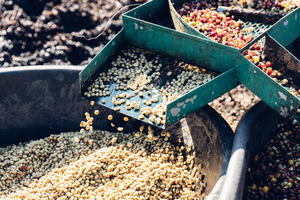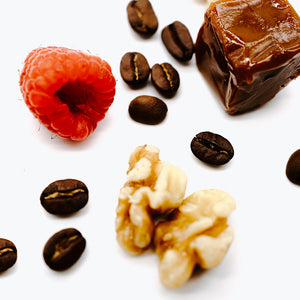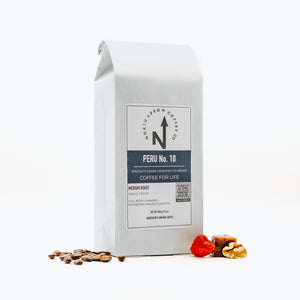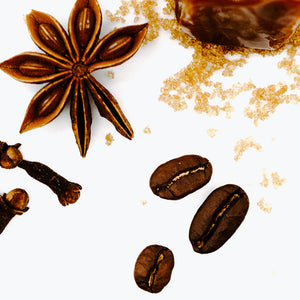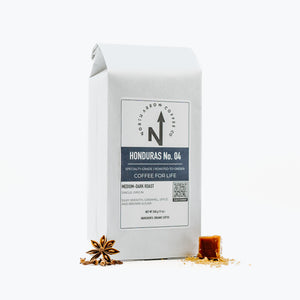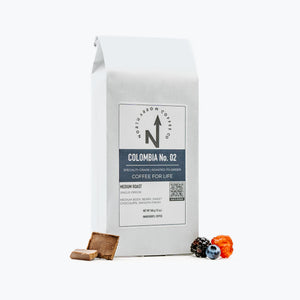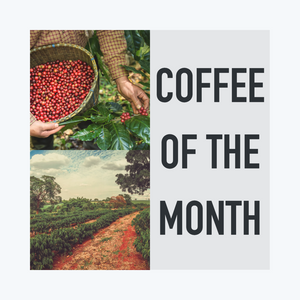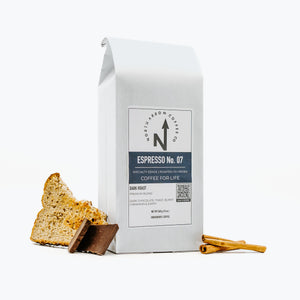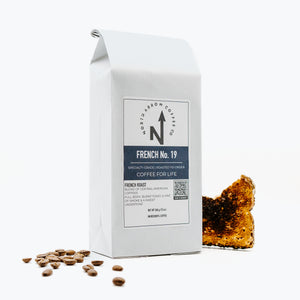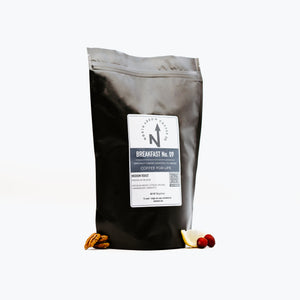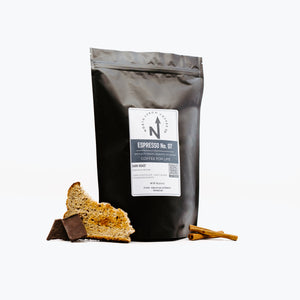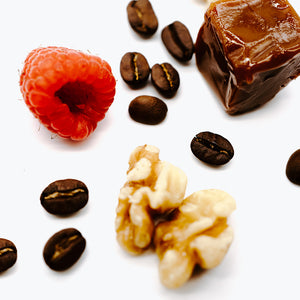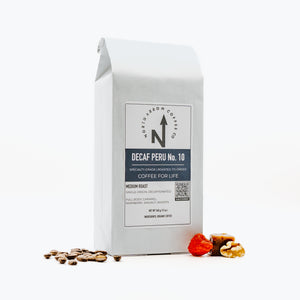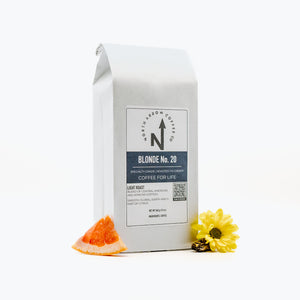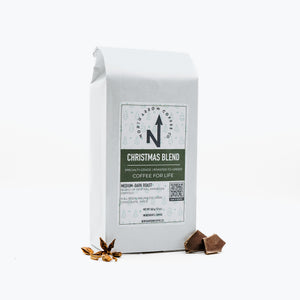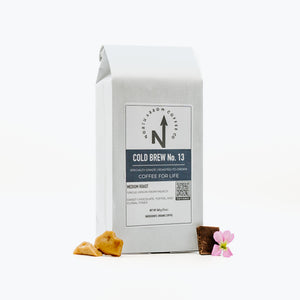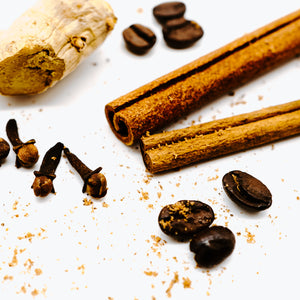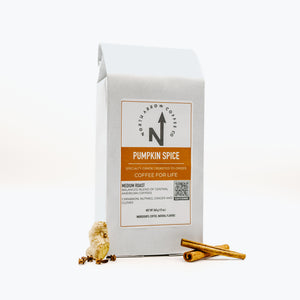Exploring the World of Green Coffee Processing
Traditional Processing Methods and Their Regional Significance
1. Natural or Dry Processing
Popular in: Ethiopia, Brazil, Yemen
Characteristics: This method involves drying whole coffee cherries in the sun. It's favored in regions with dry climates and results in a full-bodied coffee with rich, fruity notes and lower acidity. Ethiopia's diverse and complex heirloom varietals particularly shine with this method.
2. Washed or Wet Processing
Popular in: Central America, Colombia, East Africa
Characteristics: This method involves the removal of fruit before drying, and it is preferred in areas like Central America and Colombia. It produces a cleaner, more acidic cup, highlighting the bean's intrinsic qualities. Colombian Arabica beans, known for their smooth, mild flavors, benefit greatly from this method.
3. Honey or Pulped Natural Processing
Popular in: Costa Rica, Brazil
Characteristics: Combining aspects of natural and washed processing, honey processing leaves some fruity mucilage on the bean during drying. It's especially popular in Costa Rica and Brazil, creating coffees that balance sweetness and acidity.
4. Anaerobic Fermentation
Emerging in: Colombia, Costa Rica, Panama
Characteristics: An innovative method where fermentation occurs in an oxygen-free environment. This controlled process is gaining popularity in countries like Colombia and Costa Rica, known for their specialty coffee production, enhancing sweetness and complexity.
5. Eco-Pulping
Adopted in: Various regions
Characteristics: Focused on sustainability, eco-pulping uses less water and is gaining traction globally, particularly in water-conscious regions. It produces clean and consistent flavors.
6. Giling Basah (Wet-Hulled)
Primarily used in: Indonesia (Sumatra)
Characteristics: Unique to Indonesia, especially Sumatra, Giling Basah involves removing the outer parchment layer while the bean is still moist. This early hulling imparts a distinctive earthy, spicy flavor and full body, typical of Sumatran coffees. The final drying without the parchment results in a unique greenish-blue color of the beans.

